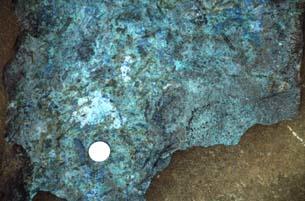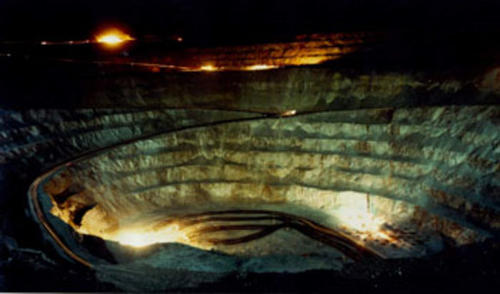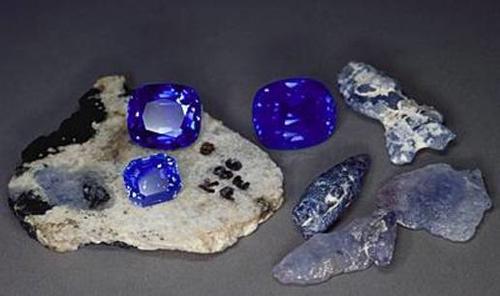Mineral Deposits
We define mineral deposits as natural accumulations of minerals in the earth crust, in form of one or several mineral bodies which can be extracted at the present time or in an immediate future. Mineral deposits (metallic, non-metallic and combustible materials) constitute major raw materials for industrial development today, and the demand for these raw materials is ever increasing. Mineral deposits include several different types related to magmatic, hydrothermal, sedimentary and metamorphic processes.
Classification of deposits
Generally we can classify mineral deposits into two major groups: Industrial and non industrial. Several classification concepts exist today. All these concepts have advantages and disadvantages. In general the classifications have to be applicable with scientific and useful bases.
a) Classification according to environment of formation: Sedimentary, magmatic and metamorphic ore deposits.
b) Classification according to form or symmetry of the mineral deposit: The symmetry or the form of a deposit gives very defined groups of different locations.
c) Classification according to the content in chemical elements: It is possibly the most scientific way.
We consider Gondwana as a complex amalgamation of different parts of different ages. During earth history many ore building processes took place within different geotectonic situations. Therefore mineral deposits located in the continent once belonging to Gondwana are treated in a general sense. In this section we do not delve into details of mineral deposits of Gondwana, rather we just mention a few of these deposits.
These deposits include for example gold, copper, diamonds, iron, oil, salt, coal and many more. Even the distribution of mineral deposits in Gondwana provides hints for the original configuration of the continents as for example the distribution of the Middle Cambrian orogenic gold provinces in the world. (Haeberlin Y.; Moritz R.; Fontbote L. 2003)
Gold:
Bajo de la Alumbrera (Argentina), Witwatersrand (South Africa), New Wells of the South (Australia)
Copper:
Bajo de la Alumbrera (Argentina)
Diamonds:
Africa: Catoca, Camatue, Camajico, Camafuca, Camafuca-Camazambo (Angola), Orapa (Botswana), Mwadui (Tanzania).
South America: Mazurani (Guyana), Diamantino (Brazil), Guaniamo (Venezuela)




